Whispers on the Wind: Ukraine's Locust Surge and the Unforeseen Harvest of Conflict
Explore Ukraine's locust surge, an ecological crisis fueled by conflict-affected lands. Discover war's unforeseen impact on agriculture & how communities adapt.
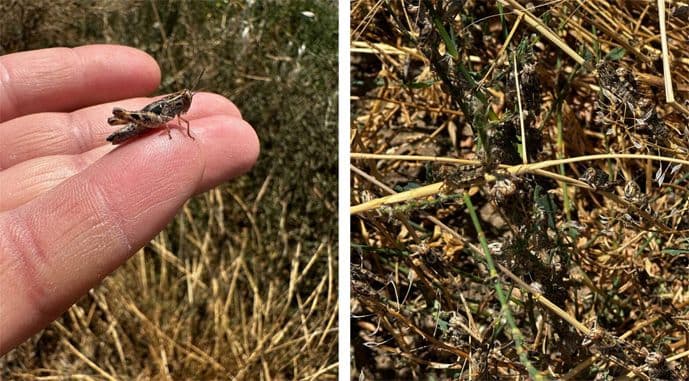
The Unfolding Scourge: A New Ecological Front
Ukraine is facing an unexpected and alarming ecological challenge: a significant surge in locust populations, particularly the migratory (Locusta migratoria) and Egyptian (Anacridium aegyptium) species. While these insects are native to the region, their recent proliferation has escalated into a full-blown scourge, now impacting agricultural lands as far north as , threatening vital harvests. This isn't merely a cyclical pest outbreak; experts, like entomologist , point directly to the ongoing as a primary catalyst. Vast tracts of arable land in southern , once meticulously cultivated, have lain fallow for years due to the war. Without mechanical or chemical treatment, these abandoned fields have become unintended havens, offering ideal, undisturbed conditions for locust populations to thrive. Coupled with a series of dry summers and rising temperatures, this unprecedented neglect has created the perfect storm, allowing localized insect groups to coalesce into dense, destructive swarms. It's a stark reminder of how deeply conflict reshapes the natural world, opening new ecological fronts that demand urgent attention and innovative responses.
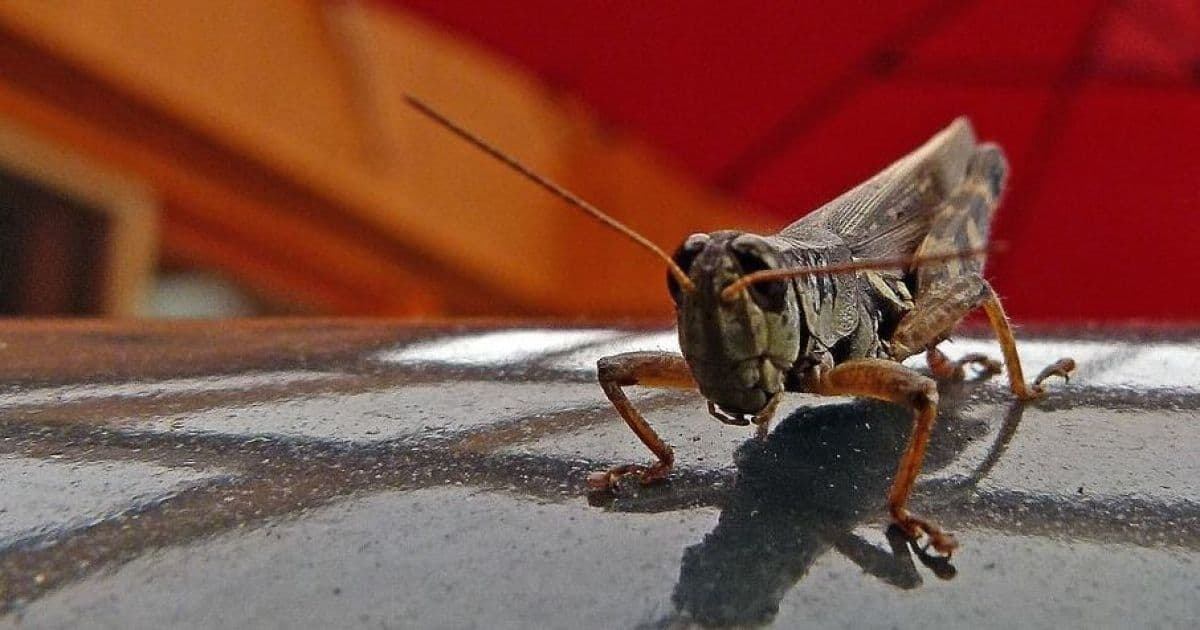
A Landscape Transformed: War's Unintended Harvest
The transformation of agricultural heartland by conflict has inadvertently yielded a grim harvest: an explosion in locust numbers. The highlights how prolonged drought, high temperatures, and, critically, the expanse of neglected lands near combat zones have fueled this surge. They also explicitly cite the 'ecocide' caused by actions, including the destruction of the , as a significant factor. This deliberate environmental damage has disrupted ecosystems and agricultural practices, further destabilizing natural controls. While region continues to grapple with active infestations, prompting ongoing control measures, areas like and have seen successful, albeit challenging, efforts to clear outbreaks, with reporting 27 hectares of sunflower crops affected. The scale of the problem varies, and fortunately, other regions haven't yet seen a similar population explosion. Yet, the underlying conditions — a direct consequence of the war — persist, making this a persistent and evolving threat that requires more than just reactive measures.
Nature's Relentless March: Tracing the Swarm's Path
Understanding the locust surge means acknowledging nature’s relentless, wind-driven march across the landscape. Entomologist underscores the immense difficulty in combating these pests once they form migratory swarms. These formidable aggregations, often numbering in the millions, are capable of traversing up to 20 kilometers a day, their trajectory dictated primarily by wind currents. "Though these insects are active fliers," explains, "they are ultimately guided by air masses. Wherever the wind blows, that's where the locusts will go." This aerial mobility explains their rapid expansion. Originating from areas like , swarms have already reached and are now projected to advance into , specifically threatening cities like and . Regions like and are also identified as being at risk, echoing historical patterns of outbreaks seen every five years in and regions. The sheer scale and speed of their movement present an unprecedented challenge for traditional pest management strategies.

Beyond Pesticides: Adapting to a New Reality
The escalating locust crisis demands a reality check on conventional pest control. As points out, fighting these swarms is a protracted and arduous endeavor. Simply dousing fields with insecticides is not only unsustainable but also carries significant ecological risks, potentially harming vital pollinators and other beneficial insects, especially when done without proper oversight by the general population. The advises a multi-pronged approach that moves beyond immediate chemical reactions. While registered insecticides can be used judiciously, the long-term strategy hinges on proactive population regulation. This includes crucial agricultural practices like autumn soil treatment – disking, harrowing, or plowing – which helps destroy locust eggs laid in the ground, preventing future generations from emerging. In a unique, albeit small-scale, adaptation, some residents in affected areas, like , have even found a resourceful way to respond by selling collected locusts as food for reptiles. This unusual market highlights the human ingenuity in the face of adversity, even as the larger, systemic challenges remain.
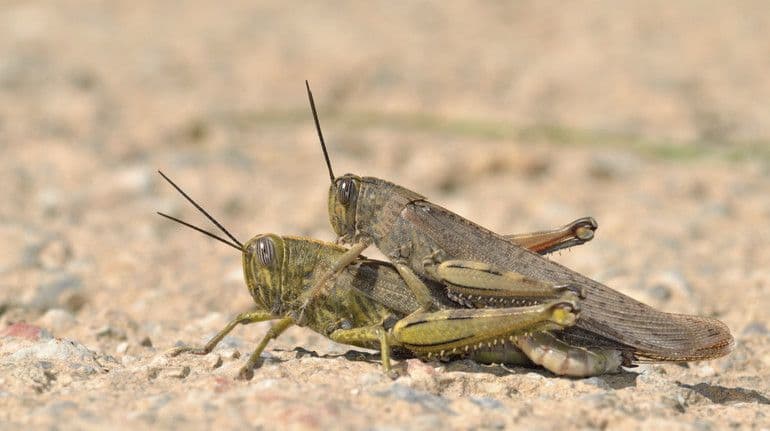
Reclaiming the Fields: Strategies for a Sustainable Future
Reclaiming agricultural fields from the grip of locust swarms is a long-term undertaking, demanding a blend of immediate action and sustainable future-proofing. The emphasis, as experts reiterate, must shift towards proactive, preventative measures. The most effective strategy remains comprehensive autumn soil cultivation, including disking, harrowing, or plowing across all agricultural lands, particularly those that have been neglected. This mechanical treatment is vital for disrupting the locust life cycle by exposing and destroying their eggs before winter. Farmers and agro-enterprises are urged to meticulously monitor their lands and, if infestations become significant, to promptly contact local offices for coordinated action. Any use of insecticides must strictly adhere to the , ensuring targeted application and minimizing collateral environmental damage. Beyond immediate pest control, fostering the natural regulation of locust populations through insectivorous birds and maintaining ecological balance will be crucial. This integrated approach is essential not just for mitigating the current crisis, but for ensuring the long-term health and productivity of vital agricultural sector, transforming war-torn lands back into bountiful fields.
Related Articles
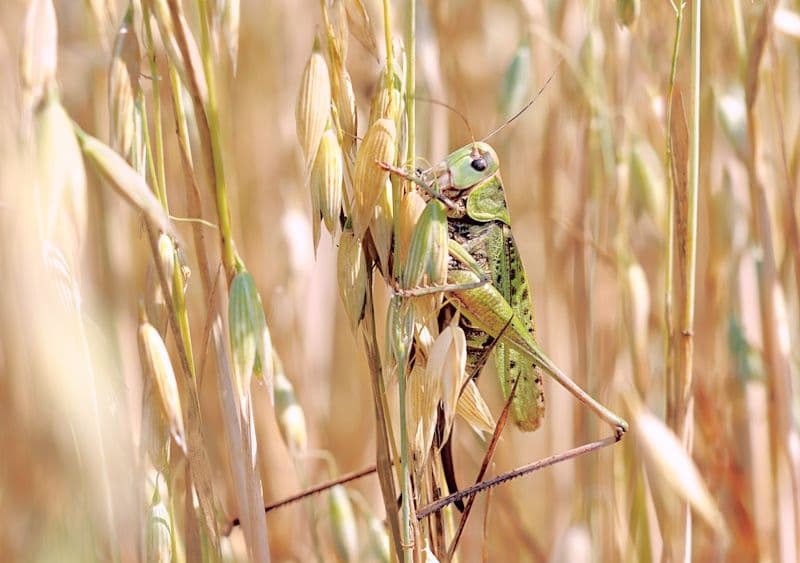
The Unintended Consequence: Unmasking the Paradox Behind Ukraine's Locust Surge

The Unintended Consequence: Unmasking the Paradox Behind Ukraine's Locust Surge

Apocalypse or Awakening? Ukraine's Locust Influx and the Search for Meaning Amidst Conflict

Apocalypse or Awakening? Ukraine's Locust Influx and the Search for Meaning Amidst Conflict
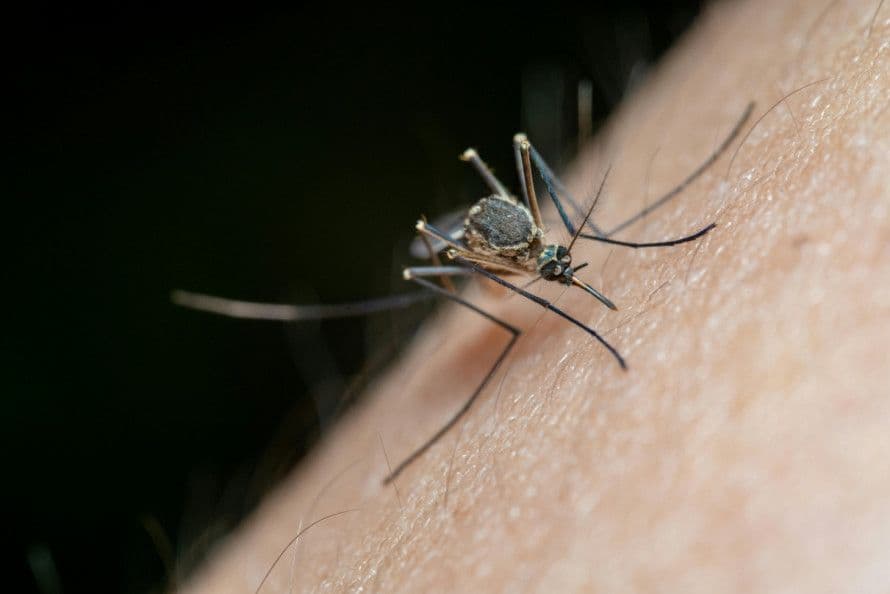
The Silent Scourge: Unmasking Ukraine's Evolving Midge Menace

The Silent Scourge: Unmasking Ukraine's Evolving Midge Menace
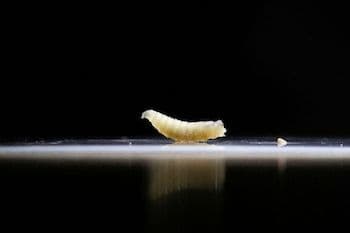
Nature's Tiny Terrorist: The Screwworm's Cross-Border Battle and its Economic Aftershocks
